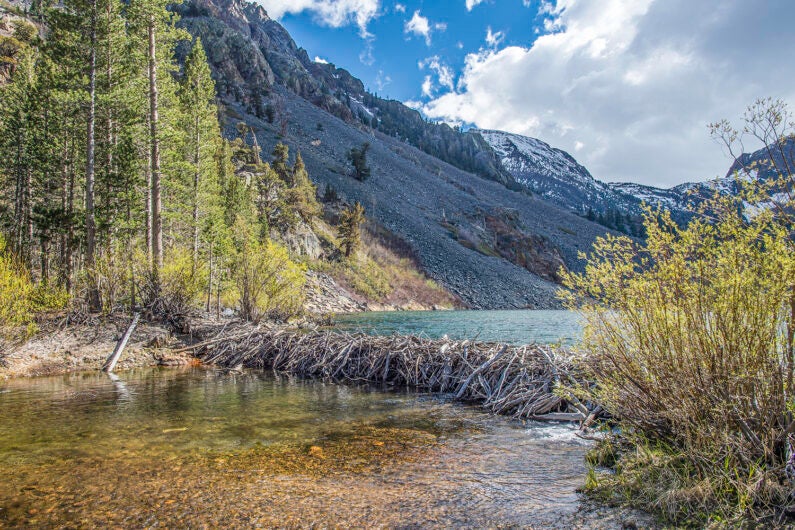This was a surprise. I have grown accustomed to a certain kind of beaver hydrology lecture, from earnest professors like Dr. Fairfax or charming wisdom fonts like Kent Woordruff or Brock Dolman or even classic new england types like Skip Lisle or Leila Philip. I never heard the beaver gospel delivered from anyone quite like Andrew Rupiper and his stalwart professor Dr. Billy Beck of Iowa State.
Something about the unaffectionate pragmatism works though.
 Can Beavers Be Water Quality Superheroes?
Can Beavers Be Water Quality Superheroes?
AMES, Iowa – Iowa Learning Farms, in partnership with the Iowa Nutrient Research Center and Conservation Learning Group, is hosting a free virtual field day on Feb. 9 at 1 p.m. Central time. Join for a live discussion with Billy Beck, assistant professor and extension forestry specialist at Iowa State University and Andrew Rupiper, graduate research assistant in natural resources ecology and management at Iowa State University.
 The event will explore a unique research project, located at the Ann Smeltzer Trust Iowa Learning Farm in Webster County, looking at a free in-stream conservation practice tying together water quality, wood and wildlife.
The event will explore a unique research project, located at the Ann Smeltzer Trust Iowa Learning Farm in Webster County, looking at a free in-stream conservation practice tying together water quality, wood and wildlife.
Funded by the Iowa Nutrient Research Center, the team is working to quantify hydrologic impacts of beaver dams in the stream system and their effect on nutrients and sediment to determine the influence, positive or negative, these ecosystem engineers have within their watershed.
Iowa isn’t exactly a place I would go to meet ecologists who care about beavers. But it’s a state that cares a lot about its SOIL and of course that means you’re very interested in the things that improve it and the things that wash it away. Turns out this is a natural precondition for being interested in beavers.
“Many of the stream channels in Iowa aren’t able to assist with nutrient and sediment reductions and may be sources instead due to the straightening of streams, removal of riparian vegetation, removed in-channel wood and added artificial drainage to the landscape,” noted Beck. “While contentious, beaver dams are a free in-stream conservation practice that could help improve water quality and reduce nutrient and sediment loads within the watershed.”
Webinar access instructions
To participate in the live webinar, shortly before 1 p.m. Central time Feb. 9:
- To access online, click this URL, or visit https://www.iowalearningfarms.org/events-1.
- To join from a dial-in phone line, dial +1 312 626 6799 or +1 646 876 9923; meeting ID 945 3331 7620.
The field day will be recorded and archived on the ILF website so that it can be watched at any time.
Participants may be eligible for a Certified Crop Adviser board-approved continuing education unit. Information about how to apply to receive the CEU (if approved) will be provided at the end of the event.
So Iowa State is having a webinar about beavers. Let that sink in. Roll it around in your mouth for a moment. First New Mexico. Then California. Then Colorado. Then Iowa. It’s not impossible to think that every state will come around eventually. If you can’t wait until February, watch this video with Andrew now. He says all the things we already know but in a completely different way for a very different audience.
And he does it really well.
More ‘Wild kingdom‘ than ‘Lily Pond’. More about soil than beavers. More about ecosystem services than engineers. More fact than furry.
It’s the right message to the right audience and I love it.









 Constructed wetlands can be a useful conservation practice that mitigates nutrient export from farms to
Constructed wetlands can be a useful conservation practice that mitigates nutrient export from farms to 




































